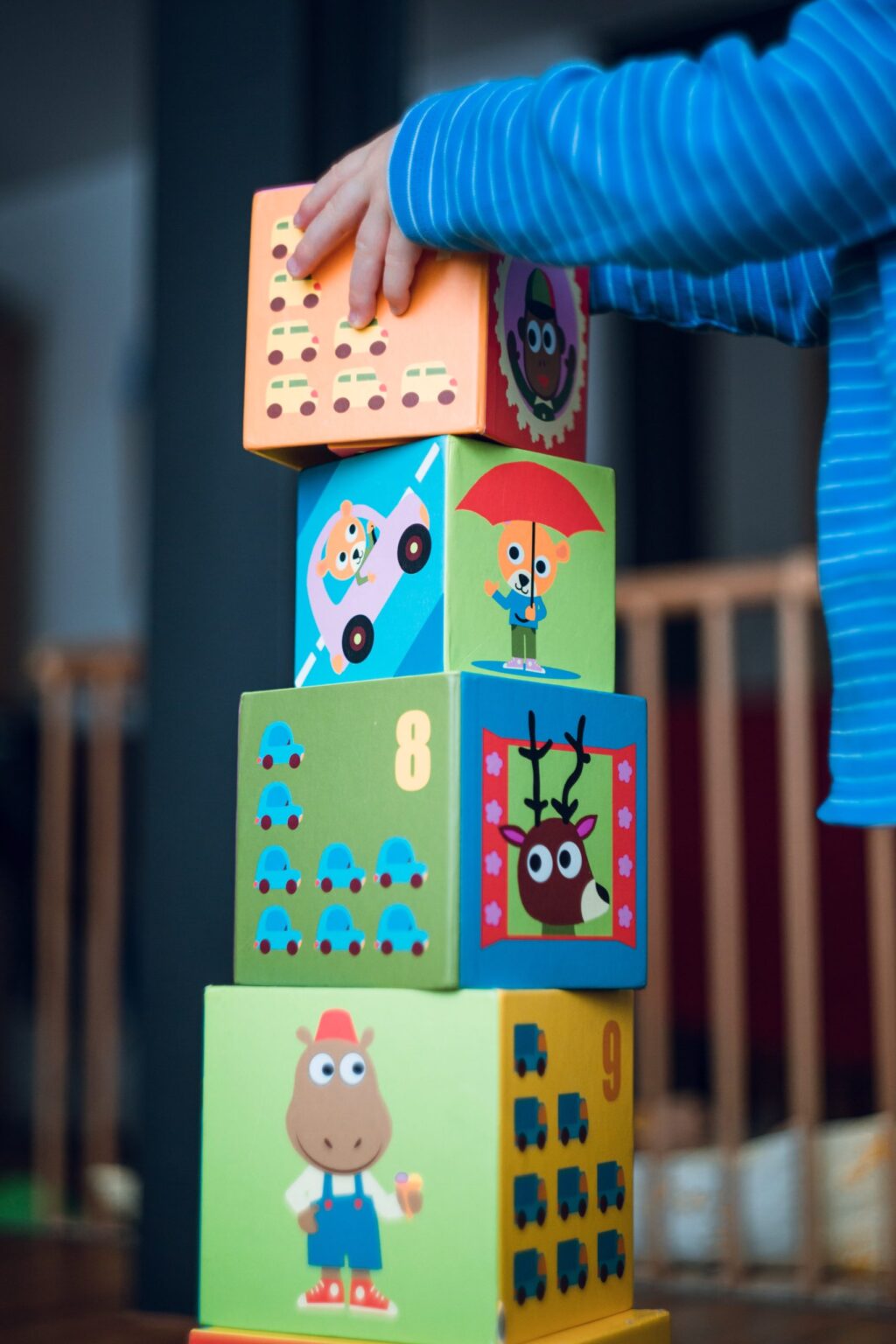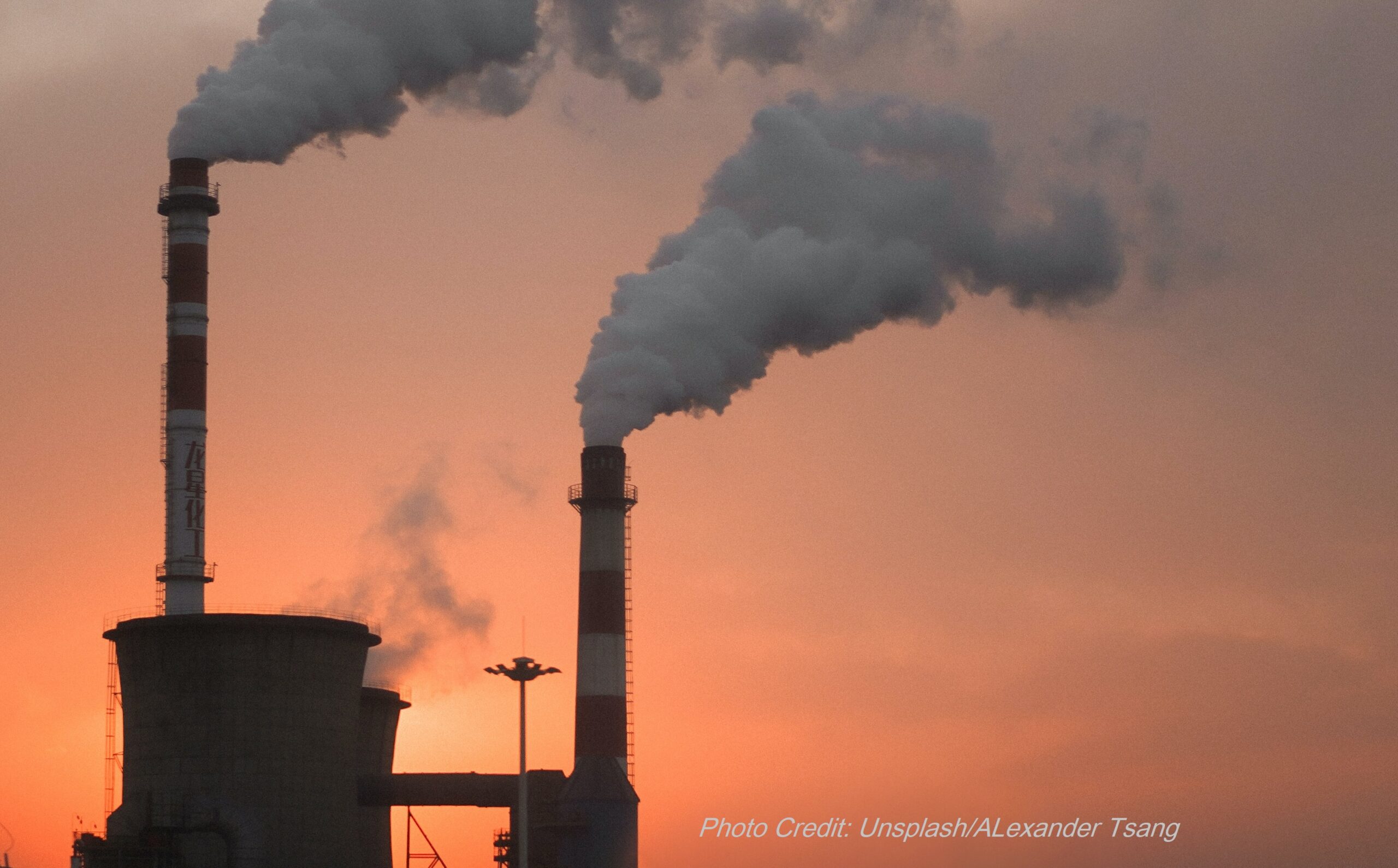Many people think of asthma and other lung diseases when they think about how air pollution impacts our health. But did you know that air pollution is one of the factors that contribute to children developing autism? And that air pollution also affects children’s mental development when they don’t have autism?
It is clear that air pollution has profound effects on infants and young children. It is why we at Mothers & Others For Clean Air are so excited that EPA established newer, stronger air pollution standards that better protect us and our children.
Here is why air pollution can affect more than our lungs – it affects our whole body. This is especially true for exposure to babies in the womb before they’re born, and for young children. Because some air pollution is carried by the blood everywhere in our body, it can affect any part of our body, including our brains. And for infants and children who are still growing and developing, air pollution can really affect each part of their body as it grows and forms. One of the things air pollution can affect is brain development, and this can cause autism or change children’s IQ.
Autism is a complex condition, and many factors affect why children develop it. Health researchers have been looking at air pollution as a cause of autism since the late 1990s and early 2000s. Recent research shows that air pollution is one of the factors that affect the risk of a child developing autism. When young children or pregnant women breathe polluted air, the risk of autism in a child goes up. Autism awareness sites state that there is a link between air pollution and autism.
We also know that air pollution exposure before and after birth affects children’s mental development (which we measure as IQ). When pregnant women use air filters while they’re pregnant, their children have higher IQ at age 4yo. When pregnant women breathe more air pollution, their children don’t do as well on mental tests at age 5. When coal plants close, fewer toddlers have developmental delay. Children who ride diesel school buses with filters have better end of year test scores. Children who move on to a middle or high school that is downwind of a major highway see their test scores go down.
As you can see, air pollution has profound effects on children’s brain development. And these are just a few of the many studies that show how air pollution strongly affects children’s mental development.
Last year, the EPA lowered the standard for yearly fine particle air pollution (PM2.5) from 12.0μg/m3 to 9.0μg/m3, TO PROTECT HEALTH. Fine particle pollution is also sometimes called soot, and it mostly comes from burning fuels, burning other things, or from wildfires. Fine particles are smaller than 2.5 micrometers, they are so small that 20 fine particles lined up are the same size as the width of a human hair. They are also so small that we breathe them deep into our lungs, and we can absorb some of them straight into our blood, just like we do with oxygen.
We have two standards for fine particle air pollution, a daily exposure standard and an annual exposure standard. This is because we know that long-term, lower-level exposures damage our health just as much as a spike you might see from a wildfire. EPA’s new annual exposure standard for fine particles came as part of the federal rule making process, which requires EPA to set standards to protect health. EPA took several years to review scientific studies, take public comments from everyone (everyday people, scientists, health professionals, and industry representatives – anyone who wanted to comment could). Then EPA reviewed the comments and the science and decided on their final level. They decided that PM2.5 air pollution was so bad for our health, that the level for annual exposure should be set at 9.0μg/m3 to best protect us.
Mothers & Others For Clean Air has a lot on our website about the health damage that comes from PM2.5. This includes pneumonia, COPD, asthma, heart attacks, heart failure, strokes, dementia, mental health problems, premature birth, lung growth in children, brain development in children, and much more. You can scroll through the Clean Air News section to see information about this. We are so glad EPA took this action to keep us healthier, and thriving!
04/15/2025 AKMB





